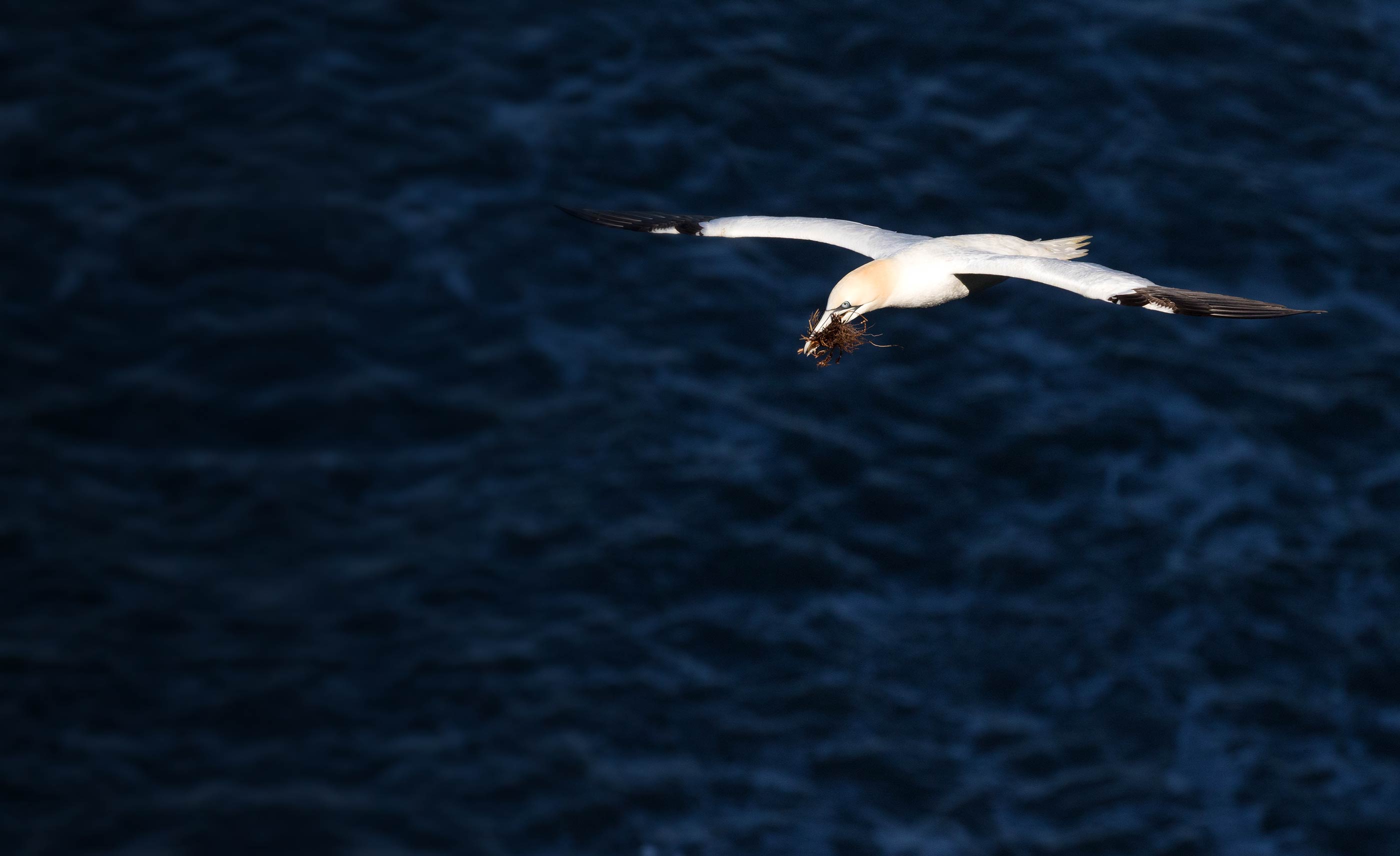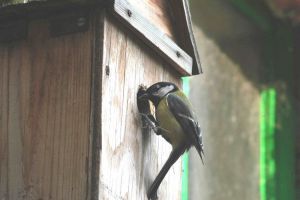Incubation
Hormonal changes accompany the onset of incubation, with levels of prolactin in the bloodstream increasing and levels of testosterone falling. The ideal temperature for most species to incubate their eggs is c. 38°C and this is achieved by developing a highly vascularised brood patch where heat from the body warms the eggs. To enable efficient heat transfer, feathers on the breast and belly are lost – either by dropping or by being pulled out. These feathers can then be used to line the nest.
Controlling incubation temperature is important and is achieved by raising or lowering the body over the eggs. Eggs are also turned and moved around by the incubating adult to facilitate development. If eggs are overheating, birds can spend some time off the nest to enable them to cool. In warmer climates, birds sometimes use their bodies as a parasol for the eggs or wet their breast feathers before returning to drip water onto the eggs.
Incubation enables small clusters of cells that are positioned on the surface of the yolk at the time of laying to divide, differentiate and eventually develop into a fully-formed chick. Calcium for formation of the bones is obtained from the egg shell and this process also serves to weaken its structure, presumably facilitate hatching. The yolk acts as a nutrient reserve during this chick development and forms the basis of a small food reserve for the bird just after hatching. This reserve might be particularly important if foraging conditions for parent birds are poor when the chick emerges from the egg.
Trade-off
Incubation represents a trade-off for parent birds between spending enough time warming the clutch and obtaining enough nutrients for self-maintenance. Too much time off the eggs might cause them not to hatch whereas too little time feeding could cause malnutrition. Some food supplementation studies have shown that providing extra food for birds can reduce incubation period duration. This could be as a result of improved foraging conditions for the incubating bird, thereby enabling nutrients to be gathered more efficiently and more time to be spent on the nest, or by altering the perceived peak in food availability for nestlings. Males often help females to gain sufficient nutrients during incubation by courtship feeding their mates.
Timing is everything
The duration of the incubation period influences hatching date which, in turn, can have a profound influence chick and fledgling survival. In some species, such as Blue and Great Tits, early hatching almost always increases chick and fledgling survival rates. To advance hatching, birds might incubate more intensively, although this is a trade-off with time for self-maintenance (see above). Alternatively, birds could start incubation earlier in the laying sequence.
If incubation starts at or near the end of the laying sequence a clutch will hatch relatively synchronously. If incubation starts earlier in the laying sequence, however, the clutch will hatch asynchronously. In some species (e.g. Jackdaw, Tawny Owl) asynchronous hatching is deliberate – a strategy whereby the last to hatch, and smallest chick will be reared if conditions are good but will soon die if conditions are poor. In most garden-nesting species clutches hatch synchronously with adults attempting to raise all young because, on average, this is the most productive strategy.
Who does the work?
In most frequently seen garden birds, such as Great Tit, Blackbird, Dunnock, Robin, females incubate their clutches alone. In a few garden species, however, such as House Sparrow, Woodpigeon, Collared Dove and Starling, incubation is shared between the sexes.







Share this page